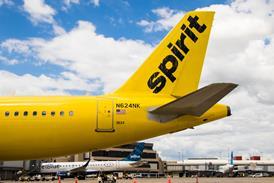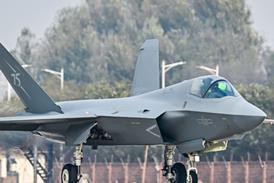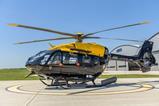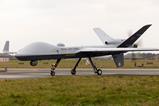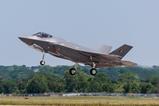Airbus has been awarded a two-year study contract to advance work on a maritime patrol aircraft (MPA) derivative of the A321XLR narrowbody for France, with service entry expected after 2030.
Signed by France’s DGA defence procurement agency on 4 February, the deal advances the A321 MPA project beyond an architecture and feasibility study launched with prime contractor Airbus Defence & Space in late 2022. The activity also involves equipment supplier Thales.
Announcing its receipt of the award, Airbus confirms that its MPA product will be developed using the extended-range, commercial A321XLR as its basis.
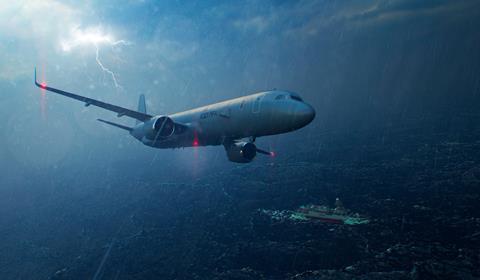
The development will be suitable for multiple roles with the French navy, “mainly in anti-submarine and anti-ship warfare, from low to high intensity, as well as intelligence-gathering”, the company says.
“The A321 MPA has all the assets to become a true flying frigate capable of responding to the wide range of missions entrusted to the French maritime patrol,” says Jean-Brice Dumont, head of air power at Airbus Defence & Space.
“Airbus offers a sovereign solution that provides the autonomy, availability and reliability required to contribute to the oceanic component of the [French] nuclear deterrence,” he adds.
“The aim of this new definition study and risk-assessment contract is to prepare for the development and production launch of the maritime patrol aircraft programme at the end of 2026,” Airbus says.
“This study will enable the initial results of the architecture study to be taken further, in order to refine the economic and industrial conditions for carrying out the programme, to guide the technical choices of the systems to be integrated on the aircraft, and to carry out the first windtunnel tests,” it adds.
Key equipment to be integrated with the type will include a “latest-generation radar with active antennas; an acoustic system using passive and active sonar buoys; electronic and electro-optical warfare systems; magnetic anomaly detection [boom]; self-protection and communication systems”, Airbus says.
The twinjet’s use in the MPA mission will also require the integration of torpedoes and a future anti-ship missile.
“The aircraft’s large cargo bay and the open architecture of its mission system give it a great capacity to evolve throughout its lifecycle to meet the emergence of new threats,” the company says.
Airbus’s goal for the French military’s Patmar programme is to deliver a fleet of aircraft to replace the French navy’s current Dassault-Breguet Atlantique 2s “by the 2030-2040 timeframe”.
France’s previous feasibility study work also included contracting Dassault Aviation to explore the potential of adapting its Falcon 10X long-range business jet for MPA duties.



